A farm milking 10,000 camels in Dubai aims to double its operation to 20,000 camels in the coming years.
Camelicious supplies fresh, long life and UHT camel milk, as well as camel ice cream and camel ghee.
It has a market presence in 25 countries around the world, including on-shelf in Asda in the UK.
Camelicious is exhibiting this week at Gulfood 2022 in Dubai, an annual food and drink trade exhibition.
A number of Irish companies are in attendance at Gulfood with Bord Bia and a trade mission led by Minister for Agriculture Charlie McConalogue is also in the Gulf region this week.
Speaking to the Irish Farmers Journal at Gulfood, Murali Ramamurthy, export manager at Camelicious, said the business sees global exports as its target market for growth.
“Exports are our key. The UAE is a very small market. A major market for us currently is the UK. The UK is where we see very good growth in Europe and I think it will continue to grow,” he said.
“Germany is another very good market, Austria also. We are in the US and we are even in Japan in a small way.
“We are not yet in Africa, owing to the price point. We are exploring ways to get in, but I don’t think it will be a main market for us for some time.”
Comparison
Although Camel milk is a traditional drink with locals in the UAE, cow milk takes up the vast majority of space on supermarket shelves, said Ramamurthy.
“In terms of commercial scale, cow milk is much bigger. If you go to a supermarket shelf here, 99% of milk is cow milk.
“Here in the supermarket two litres of cow milk will cost you 10AED [€2.50]. One litre of camel milk will cost you 16AEC [€4]."
Long-life milk
Long-life milk has been key for Camelicious’s global expansion. For the European market it dries milk in Dubai and sends it to Austria where it is rehydrated.
Recently, however, Camelicious started making long-life milk from fresh milk in Dubai which can be sent to Europe.
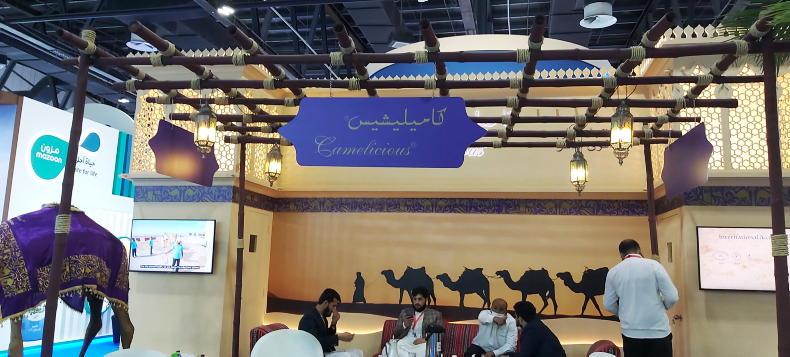
Camelicious milks 10,000 camels in Dubai.
The company aims to have long-life camel milk made from fresh milk on shelves in the UK from next month.
Expansion
The farm was established in 2003 with 25 camels. In 2006 the first commercial production of milk was rolled out.
Up to 2016, it was a fresh milk company. In 2017 it launched its long-life milk, milk powders and other value-added products.
In the period between 2017 and 2021, the company launched protein bars, ice cream and other products.
The operation
The farm in Dubai is 15km2. The whole business is located on this site, including the farm, the factory, veterinary services and the commercial operation.
Camelicious has over 800 employees and produces 5million litres of camel milk annually.
The camels are milked twice a day. Camels produce seven to 10 litres of milk per day. The average Irish dairy cow produces roughly 17 litres per day.
Camels are put in-calf after five years and have a calf every year thereafter.
The camels are mainly fed alfalfa and wheat bran.
The farm is EU approved and EU audited every year.
Read more
McConalogue leads Irish agri-food trade mission to the Gulf region
A farm milking 10,000 camels in Dubai aims to double its operation to 20,000 camels in the coming years.
Camelicious supplies fresh, long life and UHT camel milk, as well as camel ice cream and camel ghee.
It has a market presence in 25 countries around the world, including on-shelf in Asda in the UK.
Camelicious is exhibiting this week at Gulfood 2022 in Dubai, an annual food and drink trade exhibition.
A number of Irish companies are in attendance at Gulfood with Bord Bia and a trade mission led by Minister for Agriculture Charlie McConalogue is also in the Gulf region this week.
Speaking to the Irish Farmers Journal at Gulfood, Murali Ramamurthy, export manager at Camelicious, said the business sees global exports as its target market for growth.
“Exports are our key. The UAE is a very small market. A major market for us currently is the UK. The UK is where we see very good growth in Europe and I think it will continue to grow,” he said.
“Germany is another very good market, Austria also. We are in the US and we are even in Japan in a small way.
“We are not yet in Africa, owing to the price point. We are exploring ways to get in, but I don’t think it will be a main market for us for some time.”
Comparison
Although Camel milk is a traditional drink with locals in the UAE, cow milk takes up the vast majority of space on supermarket shelves, said Ramamurthy.
“In terms of commercial scale, cow milk is much bigger. If you go to a supermarket shelf here, 99% of milk is cow milk.
“Here in the supermarket two litres of cow milk will cost you 10AED [€2.50]. One litre of camel milk will cost you 16AEC [€4]."
Long-life milk
Long-life milk has been key for Camelicious’s global expansion. For the European market it dries milk in Dubai and sends it to Austria where it is rehydrated.
Recently, however, Camelicious started making long-life milk from fresh milk in Dubai which can be sent to Europe.

Camelicious milks 10,000 camels in Dubai.
The company aims to have long-life camel milk made from fresh milk on shelves in the UK from next month.
Expansion
The farm was established in 2003 with 25 camels. In 2006 the first commercial production of milk was rolled out.
Up to 2016, it was a fresh milk company. In 2017 it launched its long-life milk, milk powders and other value-added products.
In the period between 2017 and 2021, the company launched protein bars, ice cream and other products.
The operation
The farm in Dubai is 15km2. The whole business is located on this site, including the farm, the factory, veterinary services and the commercial operation.
Camelicious has over 800 employees and produces 5million litres of camel milk annually.
The camels are milked twice a day. Camels produce seven to 10 litres of milk per day. The average Irish dairy cow produces roughly 17 litres per day.
Camels are put in-calf after five years and have a calf every year thereafter.
The camels are mainly fed alfalfa and wheat bran.
The farm is EU approved and EU audited every year.
Read more
McConalogue leads Irish agri-food trade mission to the Gulf region





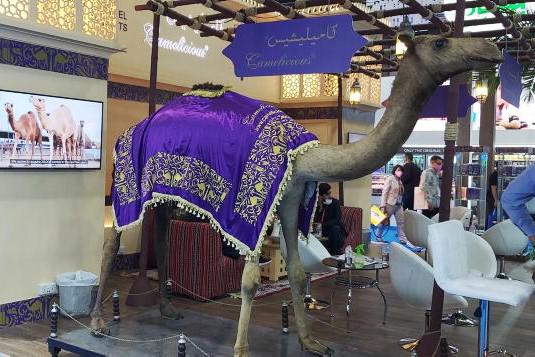
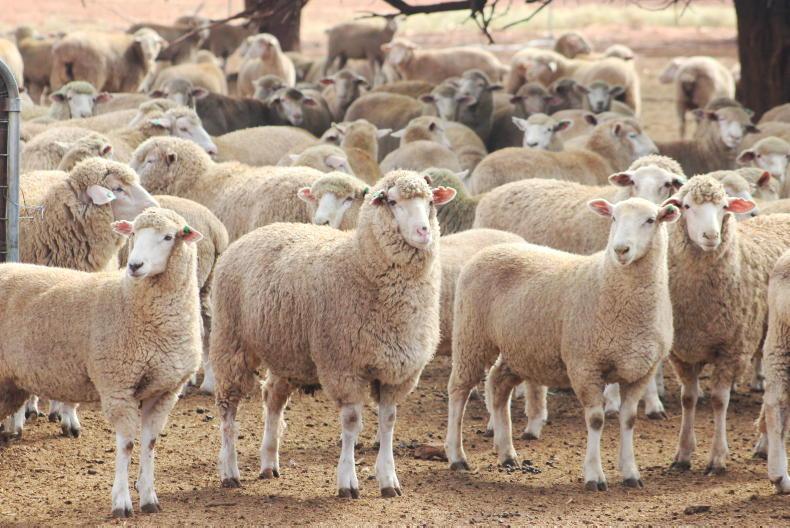

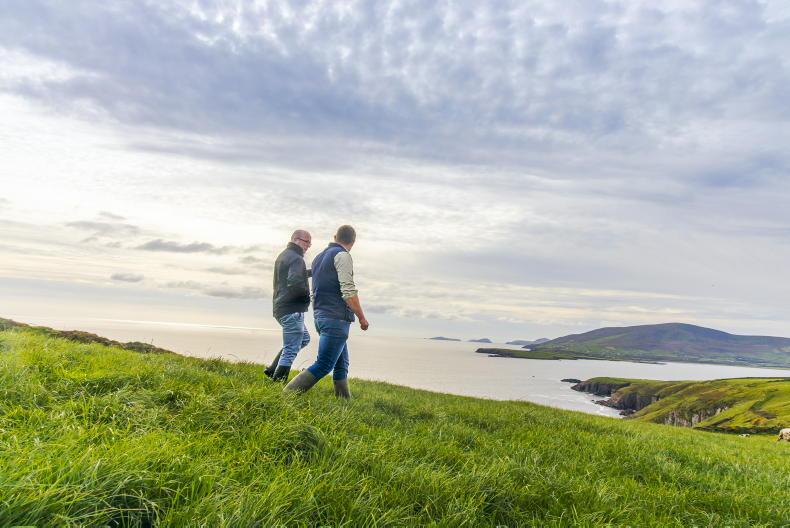
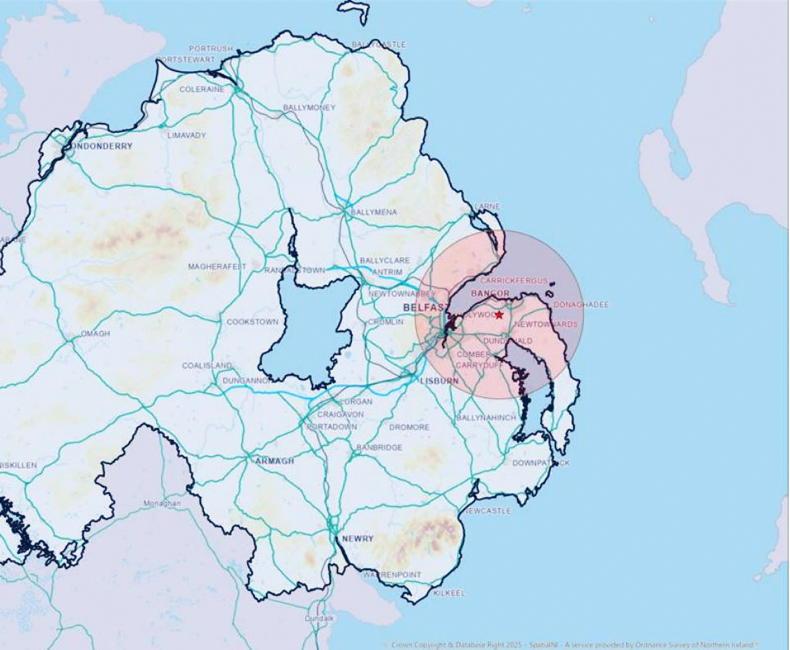
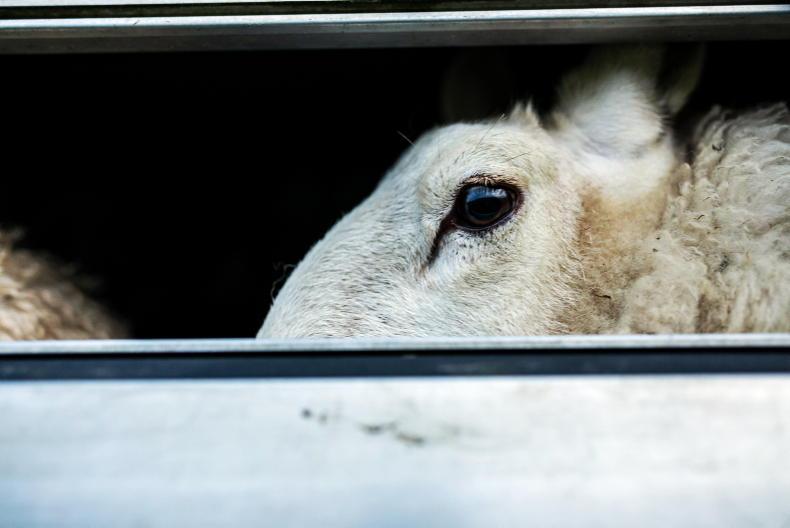
SHARING OPTIONS